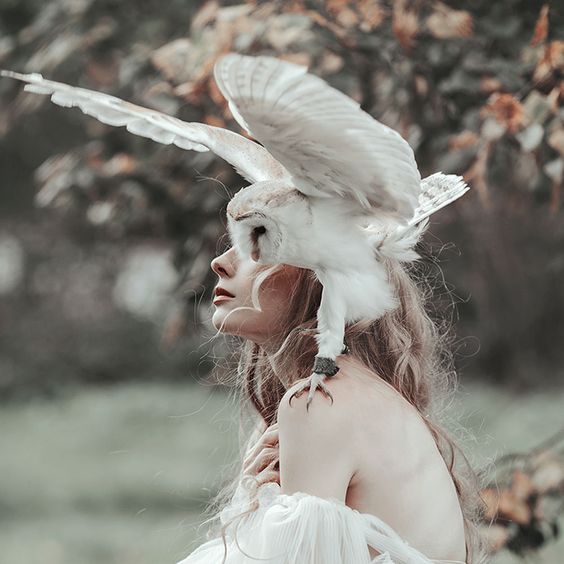In Greek mythology, an owl accompanied Athena, the goddess of wisdom.
This owl revealed hidden truths to her. Athena could see the complete truth with this wise bird's help. By illuminating her blind side, the owl enabled her to avoid half-truths and gain complete insight.
Owls have the most forward-facing eyes of any group of birds!
Humans and owls share binocular vision, owls are equipped with an important feature that we lack: nictitating membranes. These translucent “third eyelids” close horizontally from the inside corner of owl eyes and are there to protect them from debris when the owl swoops in for the attack.
Owl eyes make up as much as 5 percent of these birds' total body weight. That may not sound like a lot, but for comparison, your eyeballs are about 0.0003 percent of your total weight.
Some owl eyes may be as much as 100 times more sensitive in low light than ours. The one downside is that owls tend to be farsighted and experience difficulty focusing on objects at close range, but sensitive bristles around their beaks make up for this a bit, giving them another way to sense objects close to their faces.
Owls have evolved their famous ability to turn their necks incredibly far in either direction. They can't literally turn their heads all the way around, but they can rotate them 270 degrees (three-quarters of a full circle) in either direction, plus 90 degrees up and down.
Owl eyes are so big that in some species, you can actually see the base of their eyes by peeking into their ears (check out this article from 2018 for some amazing photos). **It's gross***
Of course, even owls can't see in total darkness, but some species, such as Barn Owls, can hunt by sound alone, able to catch mice even in a sealed, pitch-black environment.
Excerpts from “Owl” Be Seeing You: Amazing Facts About Owl Eyes
https://abcbirds.org/blog/owl-eyes/
By Rebecca Heisman
Photo by Jovana Rikalo

